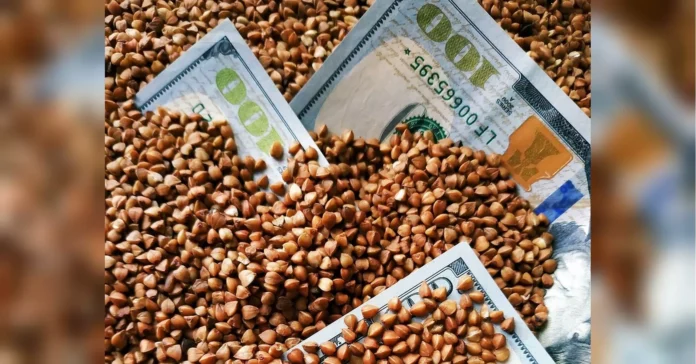As the summer heat intensifies and the available land for planting decreases, farmers across the world are feeling the impact on their harvests. This is especially true in regions where agriculture is a vital part of the economy. The effects of climate change and land use changes are making it increasingly difficult for farmers to produce the crops needed to feed their communities and beyond.
The rise in global temperatures has led to a prolonged period of extreme heat in many parts of the world. This has not only affected the crops themselves but also the conditions for planting. The heat makes it difficult for seeds to germinate and can cause damage to young plants. In some regions, the high temperatures have also led to water scarcity, which is essential for crop growth. These challenges have made it difficult for farmers to produce the usual yields seen in previous years.
In addition to the heat, there has also been a reduction in available land for planting. With the increasing demand for housing and development, farmers are losing land that was previously used for farming. This has resulted in smaller fields and less space for planting crops. In some cases, entire farms have been sold off to make way for urbanization, leaving farmers with limited land and resources to continue their profession.
These factors have had a significant impact on this year’s harvest. In some areas, the yields have been drastically lower than expected, leading to a decrease in income for farmers. This not only affects their livelihood but also has a ripple effect on the economy. With less produce available, food prices could increase, making it difficult for families to feed themselves and contributing to inflation.
The effects of the heat and shrinking land for planting are being felt in various crops, including staple foods like wheat, corn, and rice. This has also affected the availability and affordability of animal feed, leading to an increase in the price of meat, milk, and other animal products. These issues not only affect farmers but also consumers and the food industry as a whole.
However, it is not all doom and gloom. As farmers adapt to these challenges, they are also finding innovative solutions to continue producing quality crops. Some are implementing irrigation technology to combat water scarcity, while others are experimenting with different seeds that can withstand higher temperatures. Governments and organizations are also providing support and resources to help farmers adjust to the changing landscape.
In addition, consumers can also play a role in supporting farmers during this time. By buying locally grown produce, consumers can help sustain the livelihoods of farmers and reduce the carbon footprint of food transport. It is essential to recognize the hard work and dedication of farmers, especially in challenging times like these.
It is crucial to address the underlying issues that contribute to the decrease in available land for planting and the heatwaves. Governments and industries must take action to mitigate the effects of climate change and prioritize sustainable land use practices. Farmers should also have access to knowledge and resources to support their efforts in adapting to changing conditions.
In conclusion, the heatwaves and limited land for planting have made it challenging for farmers to produce regular yields this year. However, with determination and adaptation, they are finding ways to continue their important role in feeding communities. As consumers, we can also support them by choosing local produce and advocating for sustainable practices. Together, we can help mitigate the effects of climate change and ensure a prosperous future for both farmers and consumers.

